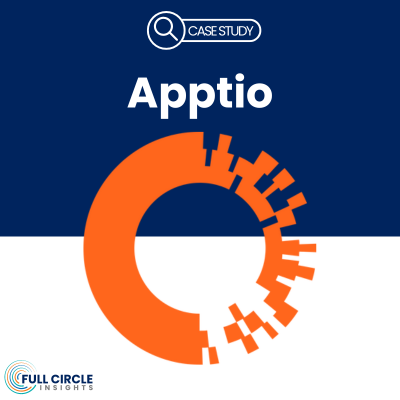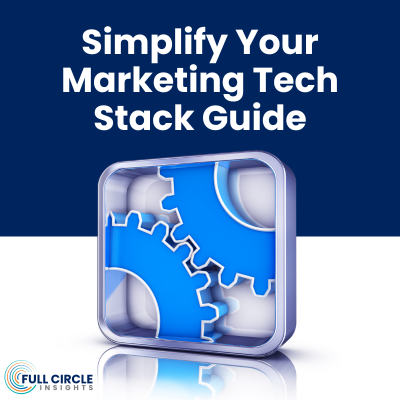If you’re a B2B marketer, you probably relied, at least in part, on in-person events to generate leads before the pandemic. Now, because of social distancing, you’ve likely reallocated those budget dollars to digital channels so you can keep engaging with customers. You may have noticed that the pandemic has lengthened sales cycles since purchasing decision-makers aren’t in the office.
One silver lining is that it’s easier to capture data from digital interactions, which makes it simpler to monitor campaign performance and make better decisions about marketing spend. Budget efficiency is more important than ever during uncertain times. You can’t afford to waste a dime, so you need a way to attribute revenue to marketing campaigns. You’ll also need to prove marketing’s contribution to the value creation chain and identify which campaigns are working and which aren’t so that you can allocate spend efficiently.
Research shows B2B marketers know they need to expand their marketing performance measurement toolkit. They want to demonstrate their impact on revenue and better understand buyer engagement. A recent Demand Gen Report survey found that more than 80% of B2B marketers were focused on improving their reporting capabilities to show how marketing feeds the pipeline and contributes to revenue. Campaign attribution for digital marketing can do just that.
What Attribution Models Can Tell Us
The pivot to digital campaigns and virtual experiences may be disorienting because it overturns routines and disrupts established KPIs and benchmarks. New marketplace realities may have also changed ideal customer profiles — are your pre-pandemic buyers still buying, and if not, who’s your best customer now? The pandemic may have also changed the way marketing messages land with customers.
As you adjust to these new realities, campaign attribution can help you understand which of your digital campaigns have the most impact in this transformed business environment. Earlier this year, we reviewed the basics of attribution and talked about the various models marketers can use to attribute revenue to campaigns, including single-touch models that can help you pinpoint purchase-influencing campaigns in a long sales cycle and campaigns that produce marketing-qualified leads. We also reviewed multi-touch attribution and the pros and cons of using models that identify which campaigns maximize the number of engagements, generate new leads and influence conversions, engage prospects at different parts of the sales cycle. Here’s a summary chart of the different types of attribution models:

In digital marketing, the goal is to quantify the value of ad clicks, whitepaper downloads, webinar views, etc., and the weight that should be assigned to touchpoints depends on your strategy. For example, if your objective is to generate leads from software buyers in the finance sector, you might create a custom attribution model that gives more weight to the first touch or contact with a particular target such as CIO or VP of Sales.
In an all-digital environment, it’s also important to analyze value by comparing channels instead of assigning weight by channel. In other words, look at how webinars and digital ads performed rather than assigning weight to those campaign categories, which can artificially inflate scores rather than providing insight. Comparing channels provides insight into campaign performance across multiple dimensions, and helps you spend marketing dollars in a way that maximizes ROI.
When budgets are tight, every dollar of marketing spend matters, so campaign attribution is key. It’s not a panacea — campaign attribution won’t help you create more efficient lead generation processes, because that’s the job of funnel metrics. For ruthless efficiency from a budgeting perspective, the ability to attribute revenue to digital marketing campaigns is vital. Combined with funnel metrics, you will make great decisions on your marketing investments.
Defining Marketing Attribution
Read our latest Full Circle University SEO Series:
Defining Marketing Attribution



